How expanded inherited arrhythmia and electrophysiology services are improving care
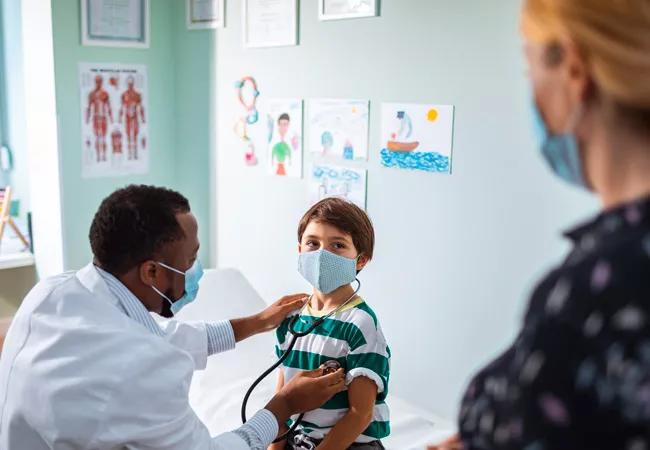
Since it first launched in 2021, the Pediatric and Adult Congenital Heart Center has provided a new construct for delivering treatment options to adults and children with complex congenital cardiovascular issues. In addition, the recent expansion of the arrhythmia program highlights the importance of a continuum of care and multidisciplinary team-based approaches.
Cleveland Clinic is a non-profit academic medical center. Advertising on our site helps support our mission. We do not endorse non-Cleveland Clinic products or services. Policy
When Peter Aziz, MD, a pediatric cardiologist and electrophysiologist at Cleveland Clinic Children’s, began to notice an uptick in Long Q-T Syndrome (LQTS) referrals years ago, he and others recognized the need to take a family-centered approach to treat inherited arrhythmias.
“This is a familial disease, so finding relatives, parents or siblings, that harbor the disease is common,” says Dr. Aziz. “We wanted to make sure that we coordinated our approach to care, so we could focus on treating the patient and the family simultaneously.”
For the team, coordinating comprehensive care for inherited arrhythmias means ensuring clinicians, researchers and supportive care teams all have a seat at the table. Thus, the group formalized the Inherited Arrhythmia Center (IAC), staffed by pediatric and adult cardiologists and electrophysiologists specialized in diagnosing and treating abnormal heart rhythm disorders, cardiovascular geneticists, and mental health providers. The team follows more than 250 patients annually.
The diagnostic process isn’t always straightforward, so family-centered and multidisciplinary approaches are essential. Standard diagnostic workup includes clinical presentation, medical history, a resting electrocardiogram (ECG), exercise stress testing, imaging in some cases and an evaluation by a cardiovascular genetic counselor in cases where an inherited condition is suspected.
Even still, the inherited genetic variant is not always known. So the team meets monthly to piece together clinical evidence and develop management strategies, particularly in the more complex cases.
“Sometimes, we have to say, let’s go back to the drawing board: siblings can be a clue, parents can be a clue, and sometimes we use that information to say: ‘How do we explore everyone else in the family knowing what we know about our index patient?’”
Even beyond inherited arrhythmias, the center is structured to facilitate management for any patient with a cardiac condition. “If one of our adult patients requires a specific procedure or intervention, we have access to a breadth of treatment options, from sympathectomy and lead extraction to more complex cardiac surgeries,” says Dr. Aziz.
“Because this is a disease that requires lifelong management, we have to take a similar approach, and so we are able to provide comprehensive cardiac care—from prenatal development to late adulthood.
Arrhythmias occurring in the adult population are common. Still, a medical history of congenital heart disease adds a layer of complexity that often requires the expertise of pediatric electrophysiologists, adult electrophysiologists, interventional cardiologists, and/or congenital heart surgeons to assist with best overall management.
To improve screening efforts and care for inherited and acquired arrhythmias, Akash Patel, MD, was recruited as Director of Pediatric and Congenital Electrophysiology at Cleveland Clinic; its recent growth makes it the largest EP program in Northeast Ohio and among the largest in the Midwest.
Under Dr. Patel’s direction, the team has grown to include three EP physicians with the expertise to care for pediatric patients and adults with congenital heart disease. In addition, the EP team has a dedicated nurse practitioner and a nurse care coordinator to provide additional care and support for patients.
Dr. Patel notes, “As our program is expanding, we are renovating one of our procedure rooms with state-of-the-art equipment to better support the increased patient volume and afford the option to conduct EP and interventional catheterization procedures in the same location at the same time.”
“Because of our expertise, capabilities, and capacity, we can care for the full spectrum of pediatric and adult congenital patients here at Cleveland Clinic, while providing easy access to high-quality care,” he says. He also notes that the confluence of specialists in one center optimizes patient-centered treatment approaches.
For example, a new patient with unrepaired, severe congenital heart disease recently presented to the adult ICU with complete heart block and ventricular arrhythmias. Dr. Patel explains, “Our team was consulted along with adult EP, adult congenital cardiology, and congenital cardiac surgery to provide this patient with the best options for care based on our collaborative approach.”
Continuing, he says, “Through the combined efforts of our team-based pediatric and adult congenital heart center care model, particularly those of our pediatric and congenital electrophysiologists, we provide patients and other clinicians the valuable insights needed to deliver optimal patient care.”
“When it comes to complex congenital heart issues, often problems that arise are interrelated, and with a concerted effort, we can optimize treatment, so patients and providers don’t have to piecemeal care.”
Some preclinical studies have demonstrated proof-of-concept for select gene therapies for a subset of inherited arrhythmias to move closer to clinical trials, but there are still challenges to overcome. Although, Dr. Aziz says, prophylactically modifying an arrhythmia-causing gene would be the ultimate goal.
In the meantime, Dr. Patel says they’ll continue to harness novel devices and innovations to understand better who is at risk for dysrhythmias, how to manage them effectively across care teams, and how to use the latest technology to provide the best and safest outcomes.
“We feel strongly that with the right structure and resources in place, we can be at the helm of a shift in how congenital arrhythmias and other cardiac conditions are managed—our team has an amazing opportunity to normalize the quality of life for this patient population,” concludes Dr. Aziz.

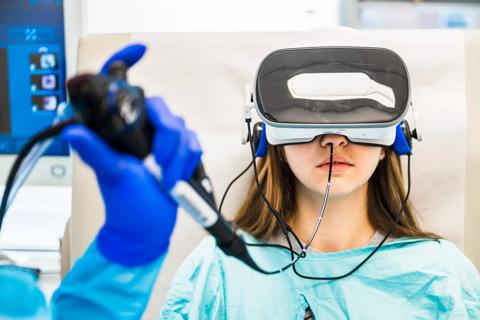
Programs bring age- and size-appropriate technology to children
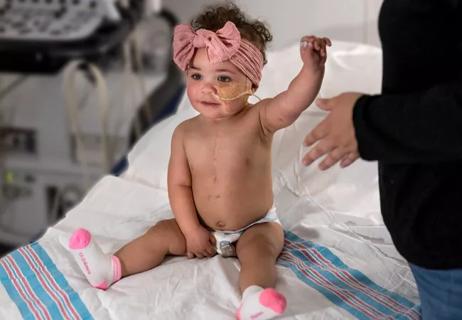
Basic understanding of condition and treatment is lacking

Early projects include predicting cardiac arrest, kidney injury and low cardiac output syndrome after surgery

JAMA study adds new data to decades-long guidance

What factors can be modified to improve outcomes?
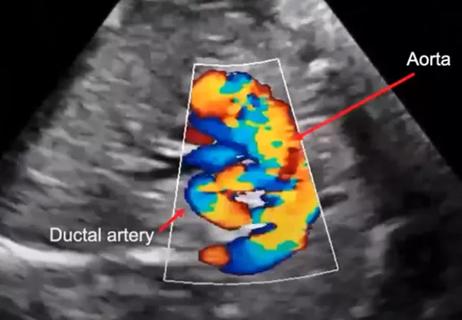
New course highlights role of imaging in the diagnosis and management in TOF
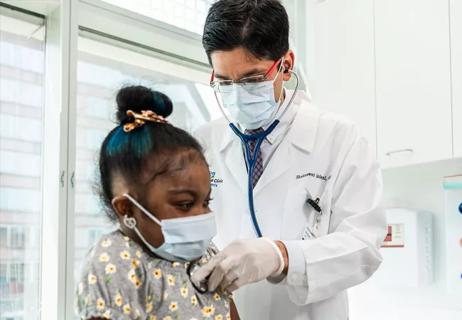
Findings from more than 7,500 donor-recipient pairs
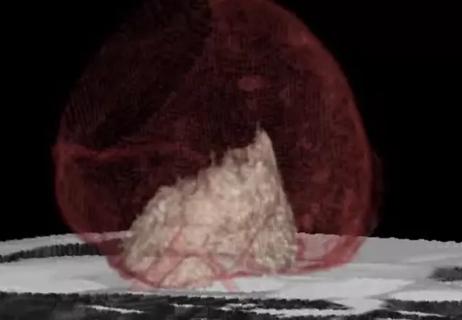
Malformation classification provides uniform nomenclature for use in patient care and procedure coding